Kenya Travels: Understanding the Complexities
-
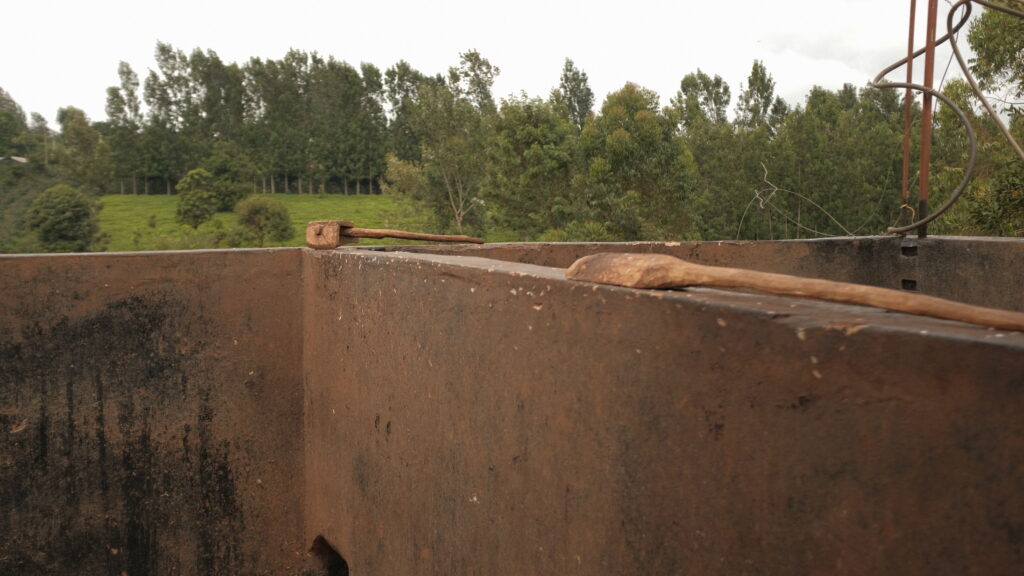
-
The East African country of Kenya is the 18th leading producer of coffee in the world, known for coffees rich with acidity and citrus tasting notes. It is also one of the countries with a complex auction system, where coffee is sold and then exported around the world.
Coffee production in Kenya is primarily focused in the center of the country throughout the regions of Nyeri, Murang’a, Kirinyaga, Kiambu, and Embu amongst others in the East and West. The soils in these areas are acidic, bright red, and help give Kenyan coffee its distinctive taste. Not only that, but Kenya only grows four main varietals: SL 28, SL 34, Ruiru 11, and Batian that are found all throughout the country.
Mercanta’s Traceability Manager, Michaela Tomchek, had the opportunity to explore various regions of Kenya, and see the complex system of growing, processing, buying, and selling coffee. Read further to join the adventure.
-
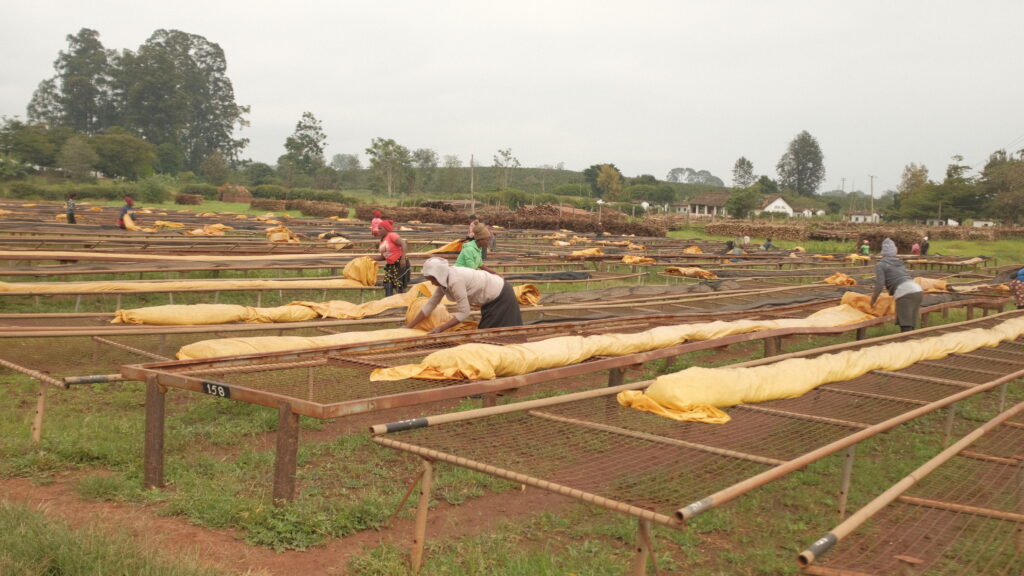
-
The journey began with a visit to Dormans head office in the Tatu City Industrial Park, Ruiru where they cup, assess, and store the coffee that is to be shipped out throughout the world. Dormans is one of the leading exporting groups for Kenyan coffee. Nearby is Mchana Estate in Kiambu, one of the oldest and largest coffee estates in Kenya. 70% of coffee production in Kenya comes from smallholder farmers, but the remainder comes from estates such as Mchana. As I wandered through the expansive fields of coffee and red soils, I was perplexed at the scale of coffee production here.
-
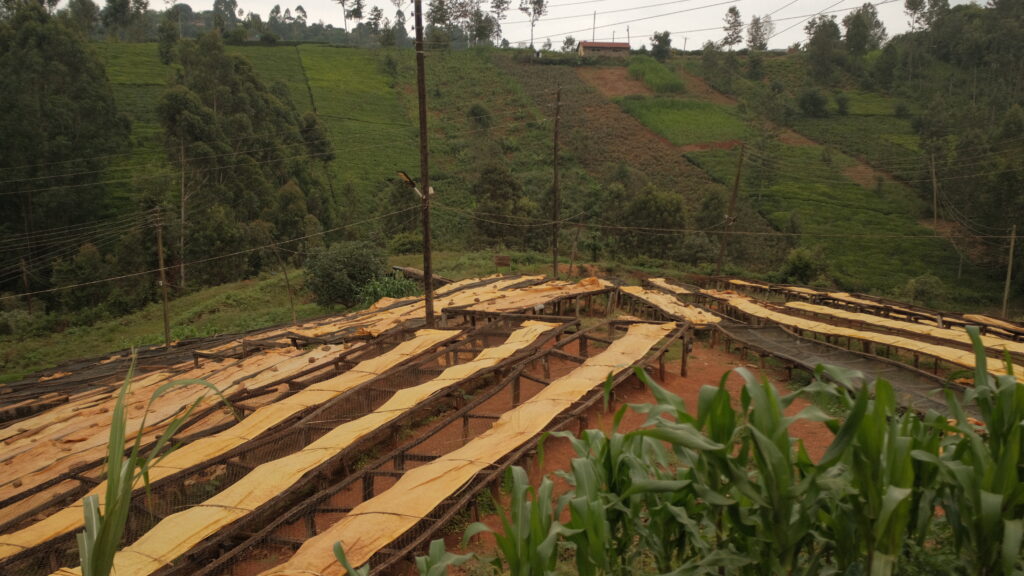
-
The trip continued to visit with the Gitwe Farmer Cooperative Society (FCS). FCS groups are essentially cooperatives for smallholder farmers in Kenya, providing them with a place to deliver their coffee, receive payment, and the various factories (washing stations) will then process the coffee for the farmers.
We had the opportunity to visit the Karatu and Karinga Factories. Both were set up similarly, with a collection point for the cherries to be weighed and sorted, then a machine for pulping to remove the external fruit. The coffee then ferments in tanks to breakdown the external mucilage. Afterwards, the coffee is rushed through channels to wash away any remaining mucilage. An assortment of drying tables were set up along the hillsides for the coffee to dry in the open sun. A complex but well-organized system!
-

-
The following day started with a long drive to the Kirinyaga and Embu counties. We arrive in Kirinyaga to meet with the Rwama FCS group to learn more about their organization, which started back in 1997. The FCS works with 1,700 farmers and has three factories (Muthingini, Mburu, Kimatu) where farmers bring their cherries to be processed. The group provides a way for farmers to sell their coffee, but also offers other resources such as trainings focused on good agricultural practices, agricultural inputs, diversifying their crops, and improving their nutrition in the home.
-
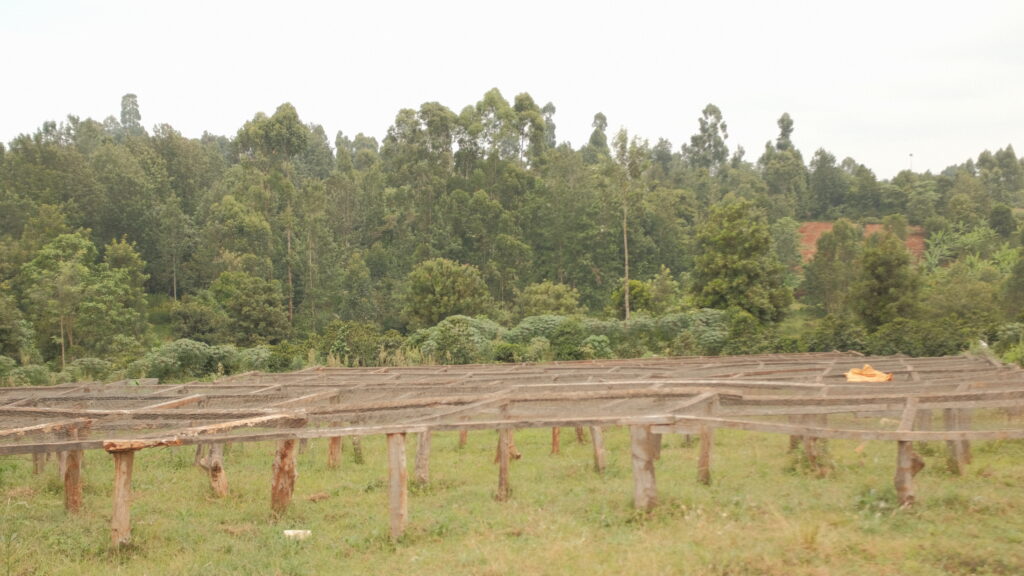
-
We then drive over to the Kimatu Factory, which began operating in 2021. The Factory is equipped with a pulping machine to remove the cherry from the fruit, soaking tanks, washing channels, and 37 drying tables for the coffee to dry in the sun. It is here that 865 farmers, half women, bring their cherries to sell.
-

-
A short drive over to Embu, and we arrive at the Kibugu FCS, which was started in 1964. The FCS runs five factories (Gicherori, Nyerma, Kathawa, Ndunduri, Gikirima) and work with 4,500 farmers who deliver cherry to the factories, roughly 40% are women. An agronomist working for the FCS goes out and visits the farms to ensure they are growing coffee efficiently, whilst also providing advice and trainings when needed.
-
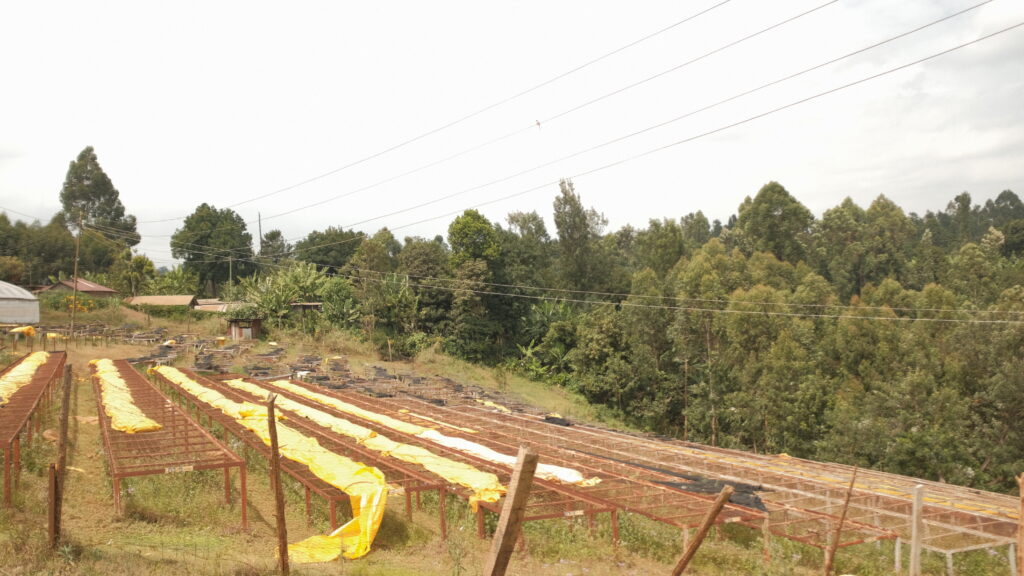
-
We are then given a tour of the Gicherori Factory which was started back in the 1980s. 800 farmers bring their cherries here to be processed and dried on the 85 tables situated along the hillside. They also had a demo plot of coffee trees, to show producers how to manage their coffee trees in order to have high yields.
-
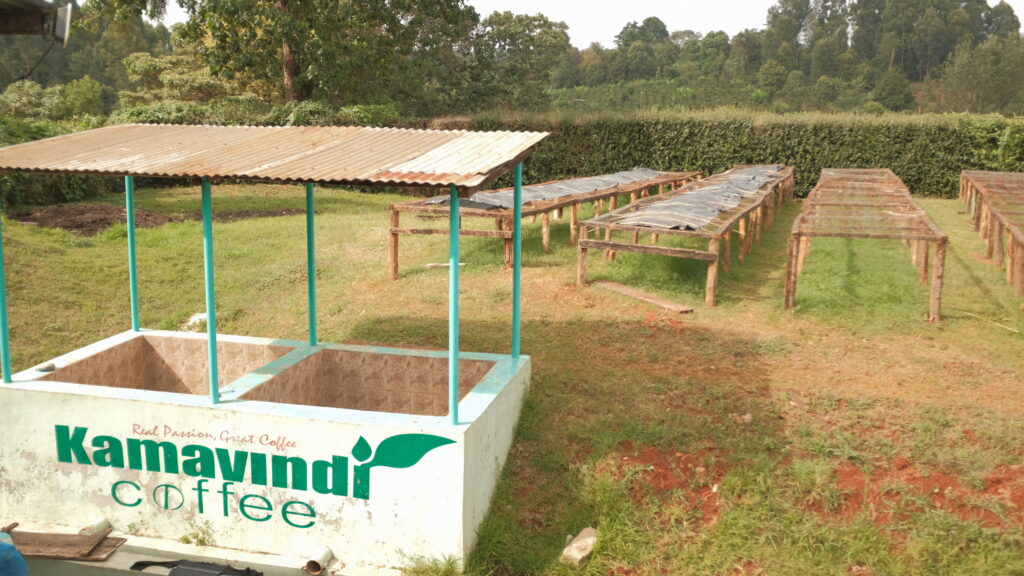
-
The day continued as we headed over to the Kamavindi Farm, an impressive 8-hectare enterprise run by Peter Mbature and his family. A young coffee farmer, and quite an impressive entrepreneur, he works diligently to process his own coffee. Peter also works with other farmers in the area who also have a larger area of land and processing facilities. Together, they are working on improving quality and teaching producers about cupping.
His farm was started back in 1958 by his grandfather, and now is run by Peter and his sister, Gladys. Such an impressive enterprise, with natural coffees drying in the sun and plans discussed about different processing methods. Peter is helping create a bright future for Kenyan coffee.
-
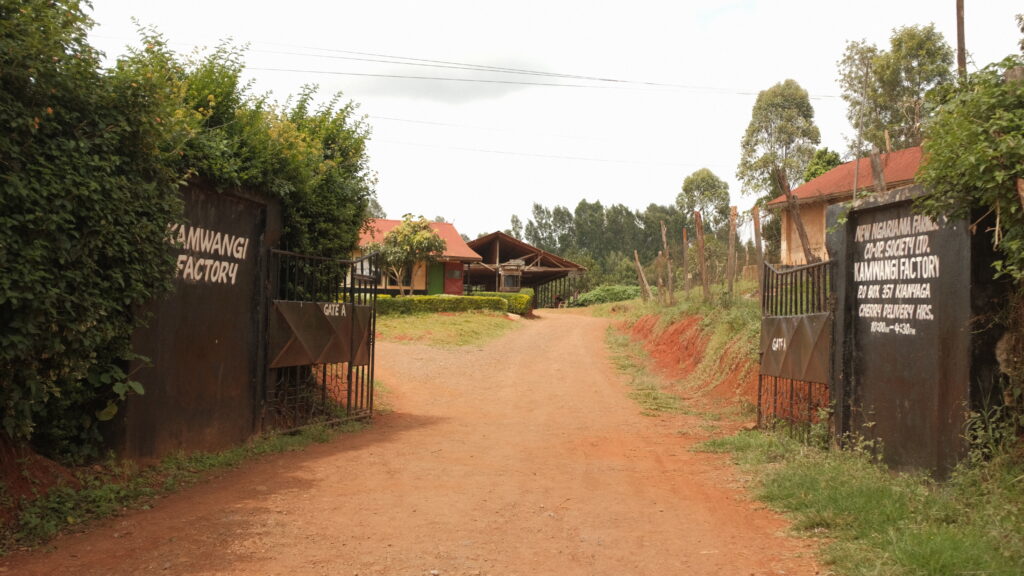
-
The following morning was another drive to Kirinyaga to visit the New Ngariama Farmer Cooperative Society. The FCS was started in 1997, and work with 9,000 farmers who deliver cherry to the various factories associated with the FCS. Speicifcally, at the Kamwangi Factory, 4,000 farmers bring their cherries to be processed and dried. There is a similar set up here compared to the other factories visited, with a pulping machine, fermentation tanks, washing channels, and 90 tables to dry the coffee.
-
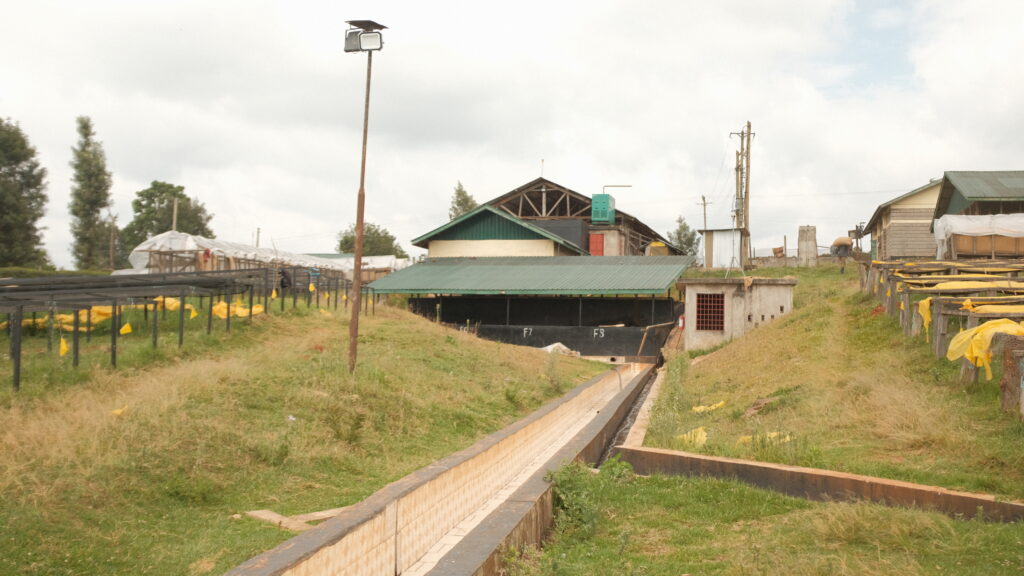
-
A short drive over to the Kiamugumo Factory, another of the FCS’ factories. We toured around the facilities, the pulping machine, tanks, channels, and 110 tables and learned more about this area. 2,000 farmers bring their cherries here to sell, and the Factory has been running for eight years.
-

-
The Kenya adventure concluded there, and during the drive back to Nairobi, I was able to reflect on all that I had seen during my time in the country. Large estates and Farmer Cooperative Societies produce such excellent coffee here and it is great to see the support for the smallholder farmers through their designated FCS groups. I was quite impressed by the organization at each factory, and how similar they all were. Not to mention the amazing Kamavindi Farm, working to educate farmers about coffee quality. Such a great and complex coffee-producing country.